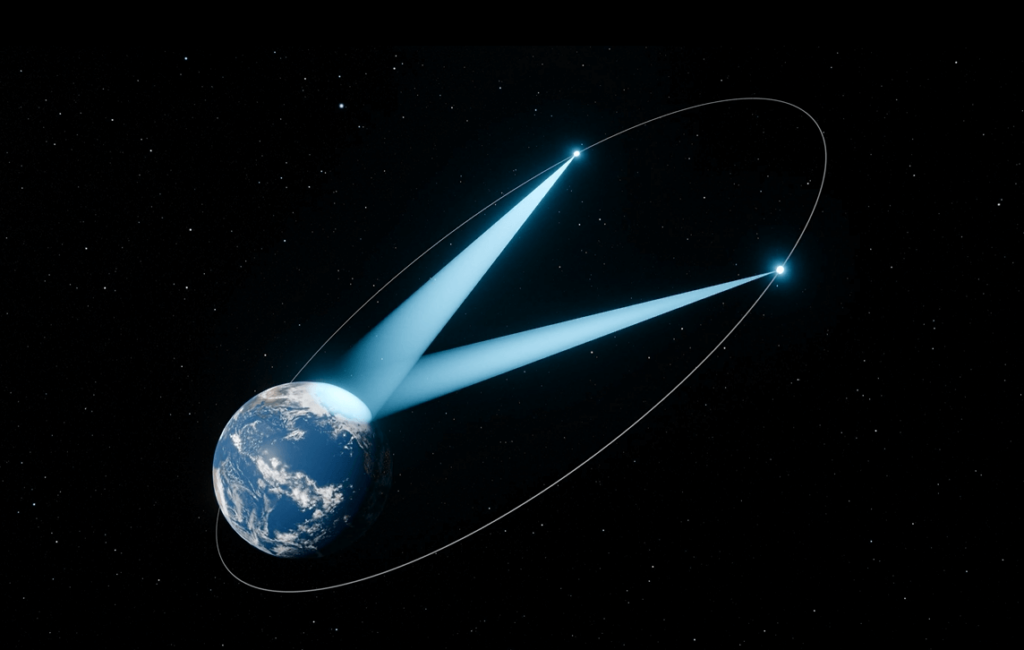Arctic broadband operational
Norway’s largest satellite program is now operational. Today, Defense Minister Bjørn Arild Gram marks the capacity being utilized by the Armed Forces through a satellite call to a coast guard ship.
This summer, Space Norway launched two large satellites into highly elliptical orbit. Since then, the satellites, payloads, and ground stations have undergone extensive testing by the owner, customers, and supplier.
“We are both proud and pleased to deliver perfectly functioning payloads with antennas and associated ground systems to the Norwegian Armed Forces. Delivering this capacity to the Norwegian Armed Forces is the primary rationale for the ASBM program, which is Norway’s largest space program to date. No other country has a solution like the one the Armed Forces now have,” says Kjell-Ove Skare, Program Director at Space Norway.

Strategically important
With this delivery, the Armed Forces secure broadband coverage throughout the Arctic, thereby gaining control over strategically important communication services in vast areas that have previously been without coverage. The northern regions have been described by several governments as Norway’s most important foreign policy interest area, and communication services are crucial for both domestic use and cooperation with allied forces in the north.
“Broadband in the Arctic will have a significant impact on the Armed Forces and our communication capabilities in the northern regions. It allows us to exercise effective command and control in all types of operations up to the North Pole. The ASBM program also opens up multiple opportunities for collaboration across defense branches and with our allies. This is an important milestone for Norway’s defense capability. We are grateful for the excellent cooperation with other stakeholders, resulting in the strengthening of the Armed Forces’ operational capabilities in the northern regions and the Arctic,” says the Chief of the Cyber Defense, Brigadier Halvor Johansen.
“Broadband in the Arctic will have a significant impact on the Armed Forces and our communication capabilities in the northern regions”
Unique collaboration
In addition to being Norway’s largest satellite project, this program is unique in several ways. The size of the project made it impossible for a single actor to manage alone. This satellite program is groundbreaking through its unique collaboration between allied, governmental, and commercial interests. It demonstrates the potential of international cooperation that is both cost-effective and meets commercial and public needs simultaneously.
Throughout the project, Space Norway has focused on the users, whether military or civilian, on the ground, in the air, or at sea. Read more about the project here and here. The construction of the communication satellites has been ongoing for five years, and they contain payloads for the satellite operator Viasat, the Norwegian and American Armed Forces, and the EU Commission. As planned, Space Norway has delivered payloads and capacity to the project customers during the fall. Viasat expects to launch its services at the beginning of the new year.







